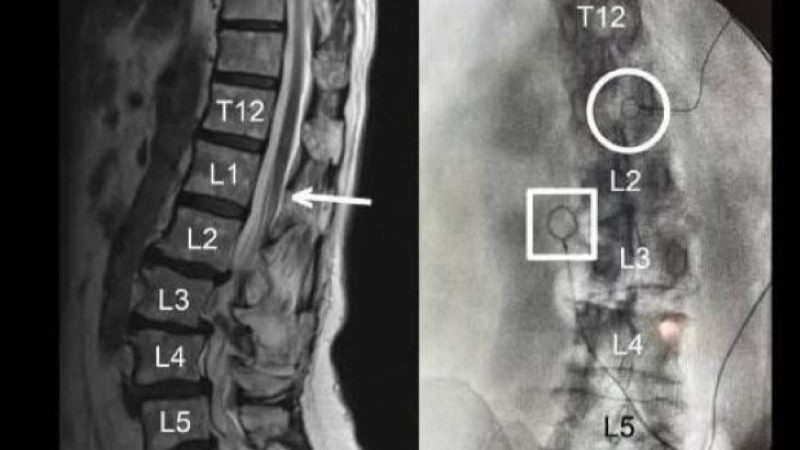
One in five patients undergoing one of seven common elective surgeries will be hit with a “surprise” out-of-network medical bill, according to a retrospective analysis.
2019 was a significant year for health care in Congress; lawmakers from both sides of the aisle proposed legislation targeting surprise medical bills. The issue continues to be debated as members of the House of Representatives and Senate work to determine the best approach to solve the problem.
Much of the previous research into the topic has focused on emergency department settings. Elective surgeries, however, are different in that patients normally choose their facilities and/or surgeons and will likely select from in-network options. Unbeknownst to the patient, other members of their surgical team—including assistants, anesthesiologists, and pathologists—may not be in their network, resulting in postoperative out-of-network bills. Therefore, the present study sought to assess out-of-network billing patterns associated with common elective surgeries that were done by in-network primary surgeons at in-network facilities by using data from a large commercial insurance database.
The database represented 347,356 patients who, between Jan. 1, 2012, and Sept. 30, 2017, underwent one of the following common surgeries: arthroscopic meniscal repair (n=116,749), laparoscopic cholecystectomy (n=82,372), hysterectomy (n=67,452), total knee replacement (n=42,313), breast lumpectomy (n=18,018), colectomy (n=14,074), or coronary artery bypass graft surgery (n=6,378). All surgeries were performed by an in-network surgeon and at an in-network facility. The main outcome was the proportion of care episodes with out-of-network bills, and the secondary outcome was the estimated potential balance bill correlated with out-of-network bills from each procedure.
One in Five Patients Receive Surprise Bills
The mean age (SD) age among the patients was 48 (11) years, and two-thirds were female. Of the total study population, 20.5% of episodes (95% confidence interval [CI], 19.4–27.7%) had an out-of-network bill. Among the out-of-network episodes, the mean potential balance bill for each was $2,011 (95% CI, $1,866–$2,157). Surgical assistants were associated with 37% of out-of-network billing episodes, in which case the mean potential bill balance was $3,633 (95% CI, $3,384–$3,883). In 37% of episodes, anesthesiologists were involved, in which case the mean potential bill balance was $1,219 (95% CI, $1,049–$1,388). A greater risk of out-of-network bills was observed in cases involving membership in health insurance exchange plans, as opposed to nonexchange plans (27% vs. 20%; risk difference=6%; 95% CI, 3.9–8.9%; P<0.001). Procedures with complications, compared to those without, were more likely to result in out-of-network bills (28% vs. 20%; risk difference=7%; 95% CI, 5.8–8.8%; P<0.001). When evaluating surgeries performed at ambulatory surgery centers with in-network primary surgeons (n=83,021), out-of-network facility bills were reported in 6.7% (95% CI, 5.8–7.7%), and out-of-network professional bills in 17.2% (95% CI, 15.7–18.8%).
The study’s results were published in JAMA.
“In this retrospective analysis of commercially insured patients who had undergone elective surgery at in-network facilities with in-network primary surgeons, a substantial proportion of operations were associated with out-of-network bills,” summarized the researchers.







 © 2025 Mashup Media, LLC, a Formedics Property. All Rights Reserved.
© 2025 Mashup Media, LLC, a Formedics Property. All Rights Reserved.